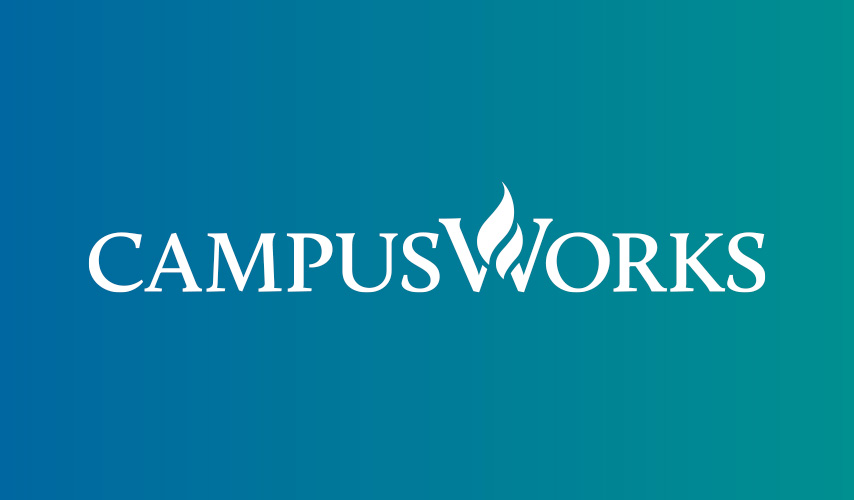
In the Era of Social Distancing, Collaboration is the Answer to the Student Mental Health Crisis
By Cary Israel, JD
The insidious coronavirus pandemic has tragically transformed the world as we know it. Evidence of all we have lost can be found on vacant college campuses across the country—in classrooms and lecture halls that now sit in darkness, in dormitories that have fallen silent, and in the auditoriums and arenas that will remain empty on graduation day.
 This unexpected transformation has placed college leaders under considerable pressure as they try to manage a complex situation rife with both nuance and uncertainty. Vying for their attention is one of the most important (and often overlooked) issues of all: student mental health.
This unexpected transformation has placed college leaders under considerable pressure as they try to manage a complex situation rife with both nuance and uncertainty. Vying for their attention is one of the most important (and often overlooked) issues of all: student mental health.
Recent data from the American College Health Association reported that 40% of the 26,000 undergraduate students surveyed felt “so depressed that it was difficult to function” while 61% had experienced overwhelming anxiety and nearly 13% had seriously considered suicide. And this data was collected before COVID-19 emptied our classrooms and campuses! These statistics are bound to increase as students endure prolonged social isolation, unemployment, food and housing insecurity, and uncertainty about the future.
Given all that has happened—and is yet to happen—colleges and universities must stretch beyond their identities as “institutions of learning” and embrace what this new reality needs them to become: a support system for their most vulnerable students. Determining what this means and how it will be executed should not be a top-down process but rather a collaborative effort involving diverse groups of campus stakeholders, known as “action teams.”
Leveraging Action Teams to Support Vulnerable Students
Given the complex priorities competing for college leaders’ attention, a crisis such as the COVID-19 pandemic is an opportune time to employ action teams for critical problem-solving work. Action teams should be comprised of cross-functional staff, faculty, administrators, and students in order to tap into the powerful minds within a campus community and ensure everyone’s needs are heard and represented in the solutions.
Action teams can be effectively leveraged to develop short-term “strategic action plans,” such as addressing the student mental health crisis, as well as other emerging issues requiring immediate attention. They enable the institution to remain flexible and responsive to community members’ future needs while preserving its long-term strategic initiatives. Action teams can be tasked with answering important questions, like: What does it mean to become a “support system”? Who are the most vulnerable students? What does “support” look like? How does it work? How much will it cost? And other fundamental questions necessary to develop and deploy an effective solution.
Sharing Services to Increase Access to Life-Saving Resources
Limited resources are an issue for most institutions right now, but that does not have to prevent an institution from providing vital mental health resources for its students. Traditionally, “shared service” models have helped groups of institutions reduce their individual costs by sharing administrative tasks or technology management services. A similar partnership approach can be applied to mental health services, making it more affordable for participating institutions to expand access to life-saving services and resources.
 There are myriad mental health organizations that colleges can collaborate with to ensure students have the support they need to face the challenges they may be experiencing. These organizations include:
There are myriad mental health organizations that colleges can collaborate with to ensure students have the support they need to face the challenges they may be experiencing. These organizations include:
- The National Alliance on Mental Illness (NAMI) offers resources that can help students track and monitor symptoms, maintain healthy lifestyle habits, manage academic stress, connect with a support group, and more.
- Mental Health America offers peer support programs to improve quality of life and more.
- The American College Counseling Association offers distance counseling resources and educational support for institutions.
For institutions that already have mental health services and resources available, the challenge may be one of awareness. It is critical to promote these mental health resources broadly and frequently using the institution’s website, email, social media channels, and text messages. Faculty can assist in spreading the word by listing these resources in their syllabi. Institutions that are short-staffed can leverage chatbots to help augment their support teams, enabling students to get real-time responses concerning their family obligations, health issues, financial burdens, and educational questions. Action teams can help identify less obvious communication channels for reaching students.
Streamlining Student Services to Support Persistence
The COVID-19 crisis is proving to be a make-it-or-break-it moment for student services. In the face of uncertainty, completion rates are in peril. It has never been more important to streamline the student experience because hurdles that may have caused frustration in a pre-COVID-19 world may trigger students to abandon their educational goals today.
This is another area where action teams can make meaningful contributions. The cross-functional nature of these teams enables an institution to organically break down silos by bringing together people from different departments to develop responsive, integrated solutions. This level of collaboration tends to help individuals see the “bigger picture” of how the institution operates and gain new perspective on how their role impacts other areas of the organization. This knowledge is the first step in identifying where the institution’s processes are breaking down and redesigning them to increase student success.
Of course, for any solution to be effective the president, leadership team, and Board of Trustees must review the action teams’ recommendations, gain collective buy in for the proposed solutions, and promote accountability by ensuring there are realistic timelines, task owners assignments, measurable outcomes, and a method for evaluation.
The Time for Action is Now
The challenges before us are many. But collaboration, planning, and action can lead to extraordinary achievements. Now is the time to redirect critical resources toward our amazing, resilient students and colleagues. Learn how to put these ideas into action by reading the article “How to Identify & Help At-Risk Students Before It’s Too Late” by my colleague, Chrissy Coley, PhD. A former a student success leader, Chrissy shares a two-prong cross-campus approach she has found to be effective in offering a structured, data-informed methodology for identifying at-risk students, managing referrals and responses, and triaging care.
If social distancing has taught us anything, it is that our future is brighter and healthier when we work together.
About the Author
 Cary Israel, JD is a valued member of CampusWorks’ Executive Advisory Board, where he helps higher education leaders understand the formula between leadership, vision, and technology and leverage it to increase student success. Prior to joining CampusWorks, Cary was the district president of Collin College (TX), a multi-campus operation that served more than 53,000 students annually under his leadership. He also served as president of Raritan Valley Community College (NJ), the Illinois Community College System, and Front Range Community College (CO). Cary’s exceptional leadership was recognized twice by the American Association of Community College Trustees (ACCT), naming him “CEO of the Year” in 1996 and 2007.
Cary Israel, JD is a valued member of CampusWorks’ Executive Advisory Board, where he helps higher education leaders understand the formula between leadership, vision, and technology and leverage it to increase student success. Prior to joining CampusWorks, Cary was the district president of Collin College (TX), a multi-campus operation that served more than 53,000 students annually under his leadership. He also served as president of Raritan Valley Community College (NJ), the Illinois Community College System, and Front Range Community College (CO). Cary’s exceptional leadership was recognized twice by the American Association of Community College Trustees (ACCT), naming him “CEO of the Year” in 1996 and 2007.
About CampusWorks
Founded in 1999, CampusWorks is a strategic consulting firm that transforms higher education institutions by providing an independent perspective and creative solutions to improve operations, reduce costs, and position students for success.

